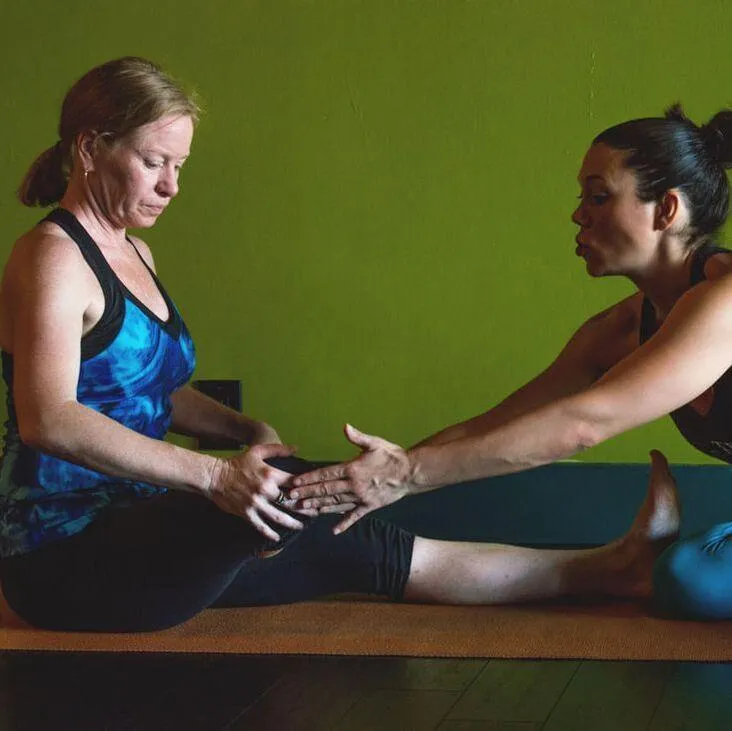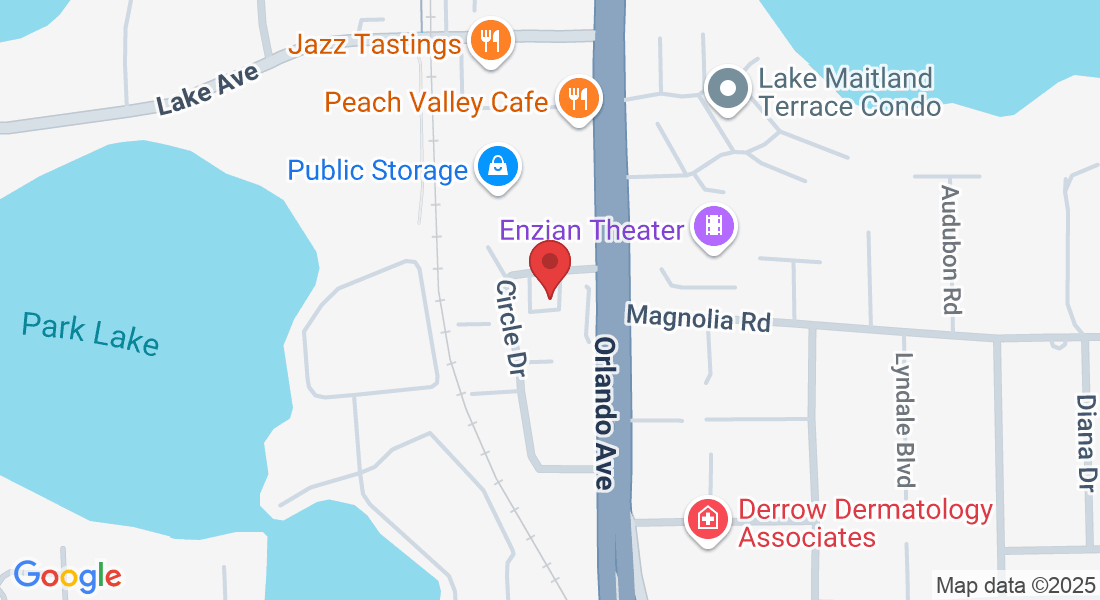Community, Growth, Support
Community, Growth, Support
Move Better. Feel Stronger. Live Pain-Free.
At The Yoga Shala, we offer expert-led Ashtanga yoga (guided and Mysore) and body mechanics classes.
We are a body movement studio with a specialized approach, customizing each client's class experience, based on their goals and needs. Our goal is to foster a lighthearted, non-dogmatic, warm and encouraging environment.
All are welcome ... and will feel comfortable as they grow with us.
Move Better. Feel Stronger. Live Pain-Free.
At The Yoga Shala, we offer expert-led Ashtanga yoga (guided and Mysore) and body mechanics classes.
We are a body movement studio with a specialized approach, customizing each client's class experience, based on their goals and needs. Our goal is to foster a lighthearted, non-dogmatic, warm and encouraging environment.
All are welcome ... and will feel comfortable as they grow with us.






Begin Your Journey at The Yoga Shala!

Intro Special for New Students — 4 Classes for $50
Explore Mysore-Style Ashtanga, Body Mechanics, or Sound Bath sessions.
Move mindfully. Heal deeply. Begin your journey today.
Begin Your Journey at The Yoga Shala!

Intro Special for New Students — 4 Classes for $50
Explore Mysore-Style Ashtanga, Body Mechanics, or Sound Bath sessions.
Move mindfully. Heal deeply. Begin your journey today.
Our Story: A Tradition of Trust, A Practice of Care
Your path to strength, ease & wellness starts here
The Yoga Shala was created to offer more than just movement—it’s a space for healing, growth, and connection. Rooted in tradition and guided by modern understanding, we provide thoughtful, breath-led practices that meet you where you are and support you every step of the way.

Sustainable Strength & Flexibility
Feel seen, safe, and supported in a welcoming environment where your journey is honored and your progress celebrated. This is more than a studio—it’s a sanctuary.

Enhanced Physical Flexibility and Strength
Experience powerful transformation through intelligent movement sequences designed to strengthen, stabilize, and support your unique structure and nervous system.
10th
Experience
Subscribe to our YouTube channel for on Demand Classes, Tutorials & Guided Meditations
Our Story: A Tradition of Trust, A Practice of Care
Your path to strength, ease & wellness starts here
The Yoga Shala was created to offer more than just movement—it’s a space for healing, growth, and connection. Rooted in tradition and guided by modern understanding, we provide thoughtful, breath-led practices that meet you where you are and support you every step of the way.

Sustainable Strength & Flexibility
Feel seen, safe, and supported in a welcoming environment where your journey is honored and your progress celebrated. This is more than a studio—it’s a sanctuary.

Enhanced Physical Flexibility and Strength
Experience powerful transformation through intelligent movement sequences designed to strengthen, stabilize, and support your unique structure and nervous system.
10th
Experience

Subscribe to our YouTube channel for on Demand Classes, Tutorials & Guided Meditations

Quick Links
Information
Address
Call Us
© 2025 The Yoga Shala - All Rights Reserved.

The Yoga Shala is a body movement studio with a specialized approach, customizing each client's class experience, based on their goals and needs. Our goal is to foster a lighthearted, non-dogmatic, warm and encouraging environment.
Quick Links
Information
Address
Call Us
© 2025 The Yoga Shala - All Rights Reserved.

